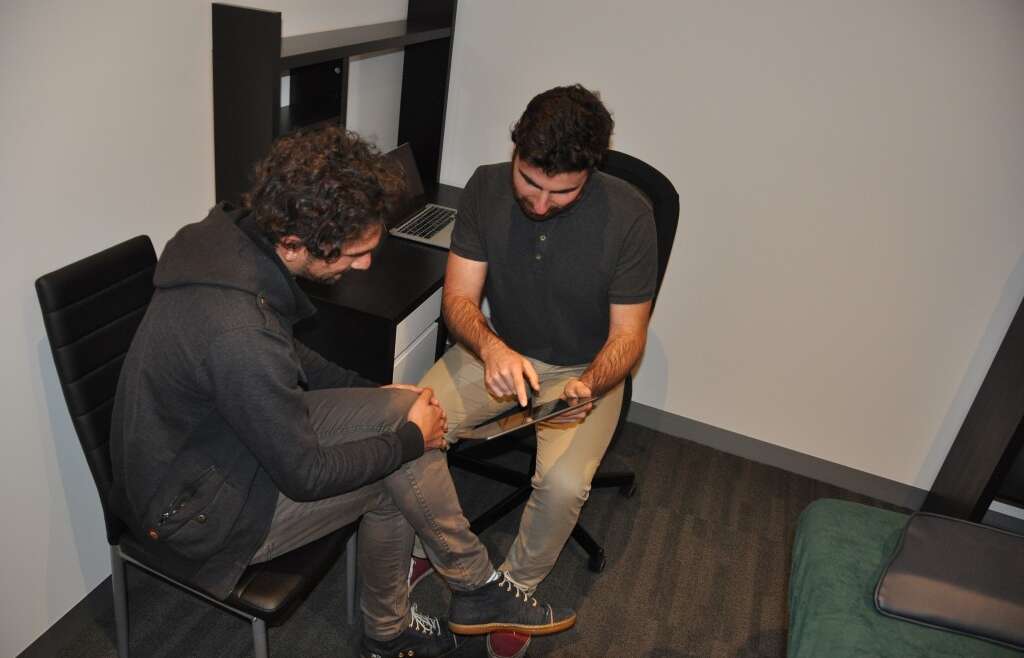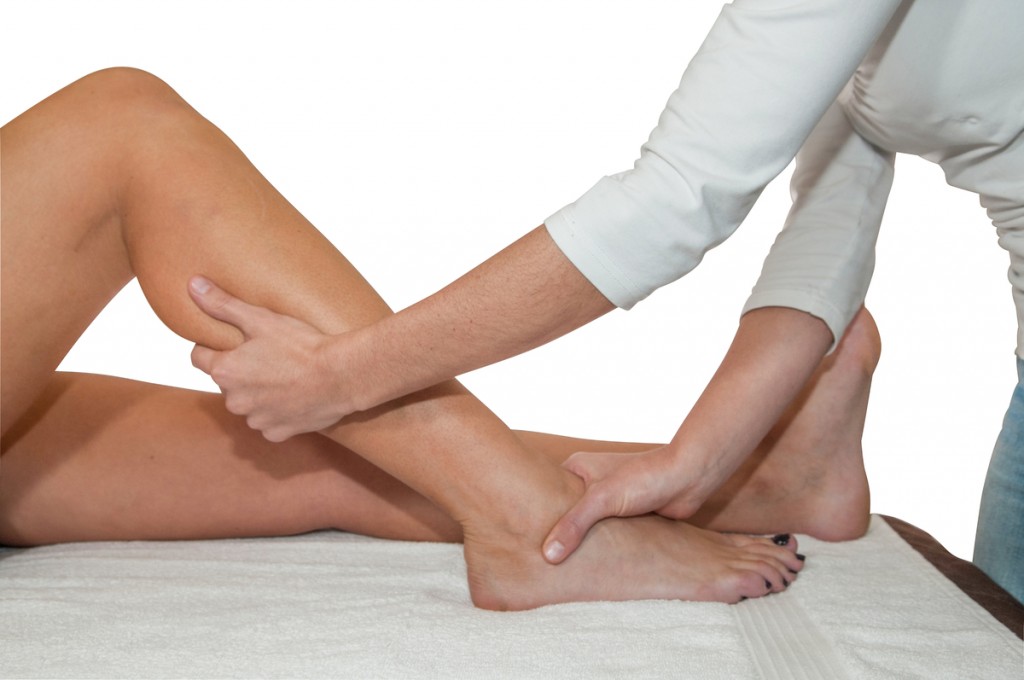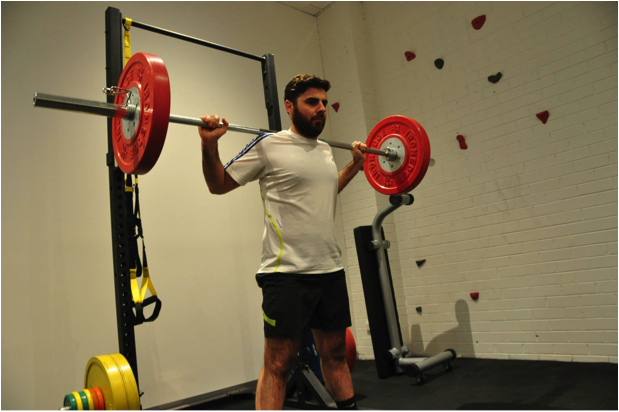Osteopathy is a system of therapy that focuses on all the contributing factors related to an injury. It incorporates a wide variety of both passive and active treatment techniques, along with rehabilitation, ergonomic advice and aftercare. For someone who has not seen an Osteopath, or any other musculoskeletal practitioner before, it can be daunting when you don’t know what to expect. This article will breakdown the components of an Osteopathic consultation so that you can get a full understanding of what is involved when you see an Osteopath.
Your History
The history is the first and probably most important part of the consultation. This part involves the Osteopath asking the client questions related to their presenting symptoms such as:
- Where is the main site of your pain?
- How long has it been going on for?
- How did your symptoms start?
This allows the Osteopath to develop a good understanding of all the individual factors related to the clients presenting symptoms. In many cases, a good history will give the Osteopath a strong idea of the diagnosis before they even start examining.
If you have not seen the Osteopath before, they will want to ask a few questions to get an idea of your general health, as this can impact on your response to treatment and healing times. An example of these questions would be:
- Have you had any previous musculoskeletal problems?
- Do you take any regular medications or supplements?
- Are there any other medical conditions you suffer from?
After an Osteopath has taken your history, they will typically summarise what they have found and explain what they think is causing your symptoms. The client will also be given the chance to ask any questions to make sure they understand what the Osteopath has explained to them. From there, the Osteopath will move into the examination component.
Examination
The examination consists of general and specific Osteopathic and Orthopaedic testing to see how your body moves generally, and what movements both cause and contribute to your symptoms. General movements can be things such as squatting and touching your toes. Specific movements may involve taking a single joint through its full range of motion, both assisted and unassisted. Once an Osteopath has completed the examination, they will explain what they have found and most likely move onto treatment.
At the Competitive Sports Clinic, if an Osteopath thinks your symptoms may be related to your running, cycling or any other exercise technique they will also screen that in their examination.
Treatment
The Osteopath will normally start applying treatment techniques directly after the examination. There are many different treatment techniques Osteopaths can use, both hands on and hands off. They are all mostly designed to decrease your symptoms and/or increase your range of motion. Common techniques that an Osteopath can use are: massage, passive and active stretching, joint mobilisation and articulation, high-velocity, low-amplitude (manipulation/cracking) and active articulations. An Osteopath will try to choose the techniques that will be best suited to you and always explain their techniques before applying them.
Aftercare and Advice
Aftercare and advice is another critical part of the consultation. This is where your Osteopath will explain ways of improving your symptoms outside the treatment room. This may consist of things such as anti-inflammatory advice, training modifications, postural advice and taping. Your Osteopath will also use this time to make sure you have understood everything they have explained to you so far.
Exercise Rehabilitation
Exercise rehabilitation allows your Osteopath to formulate a personalised exercise program to help with your symptoms. In many cases, proper exercise rehabilitation is needed to best manage and resolve your symptoms. Your exercise rehabilitation program will depend on your situation and will range from a couple of strengthening exercises and stretches to a full weekly training program.
I hope this article has given you a good insight into how an Osteopathic consultation works and how it could potentially be of benefit to you. If you have any questions or comments about Osteopathy, or any other service at the Competitive Sports Clinic, we would love to hear from you!
About the Author:
Dr. Nicholas Tripodi is a Co-director and Osteopath at the Competitive Sports Clinic located in the Essendon District. Nicholas has particular interests in sports injuries, exercise rehabilitation and running and cycling analysis.



